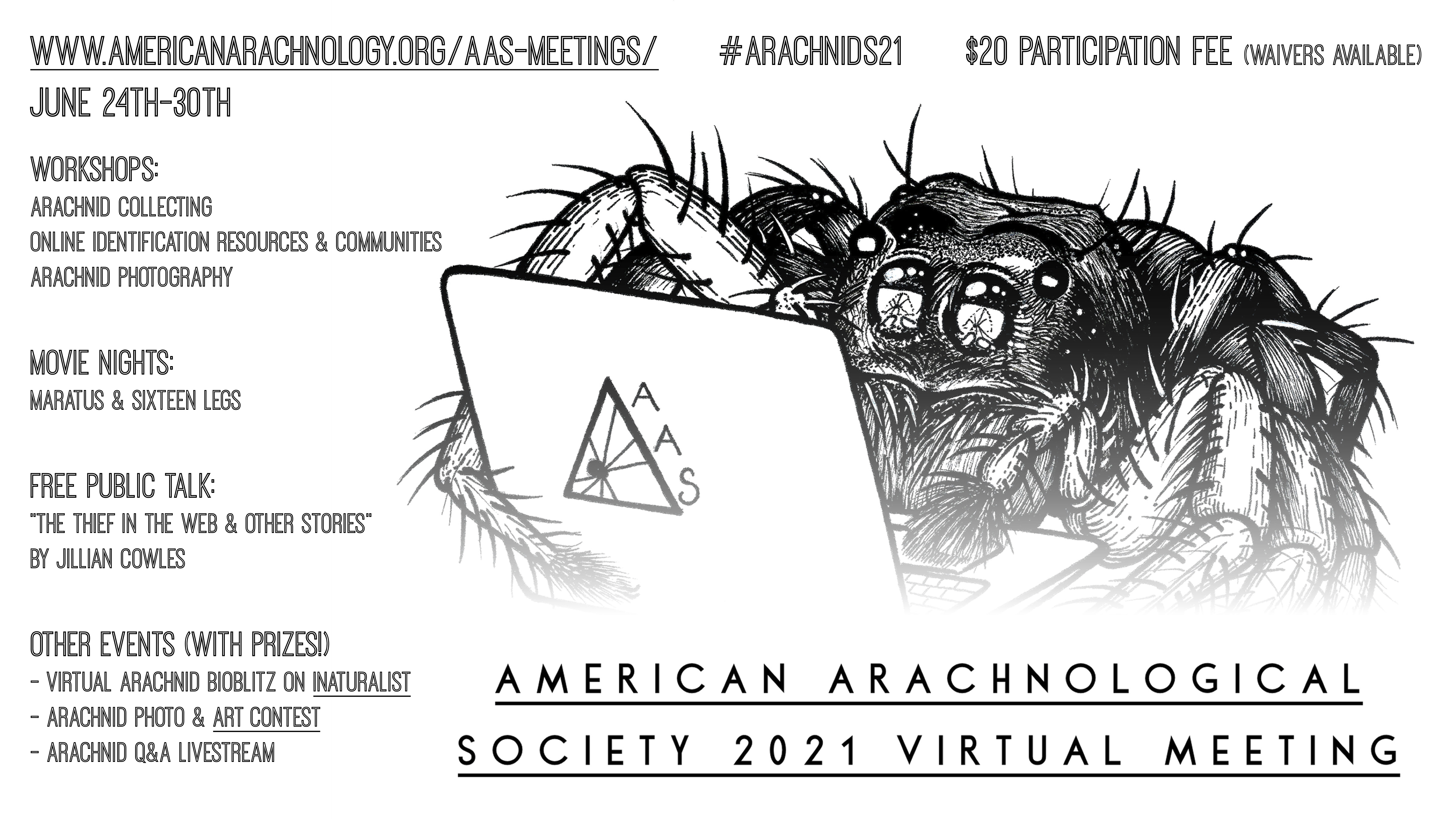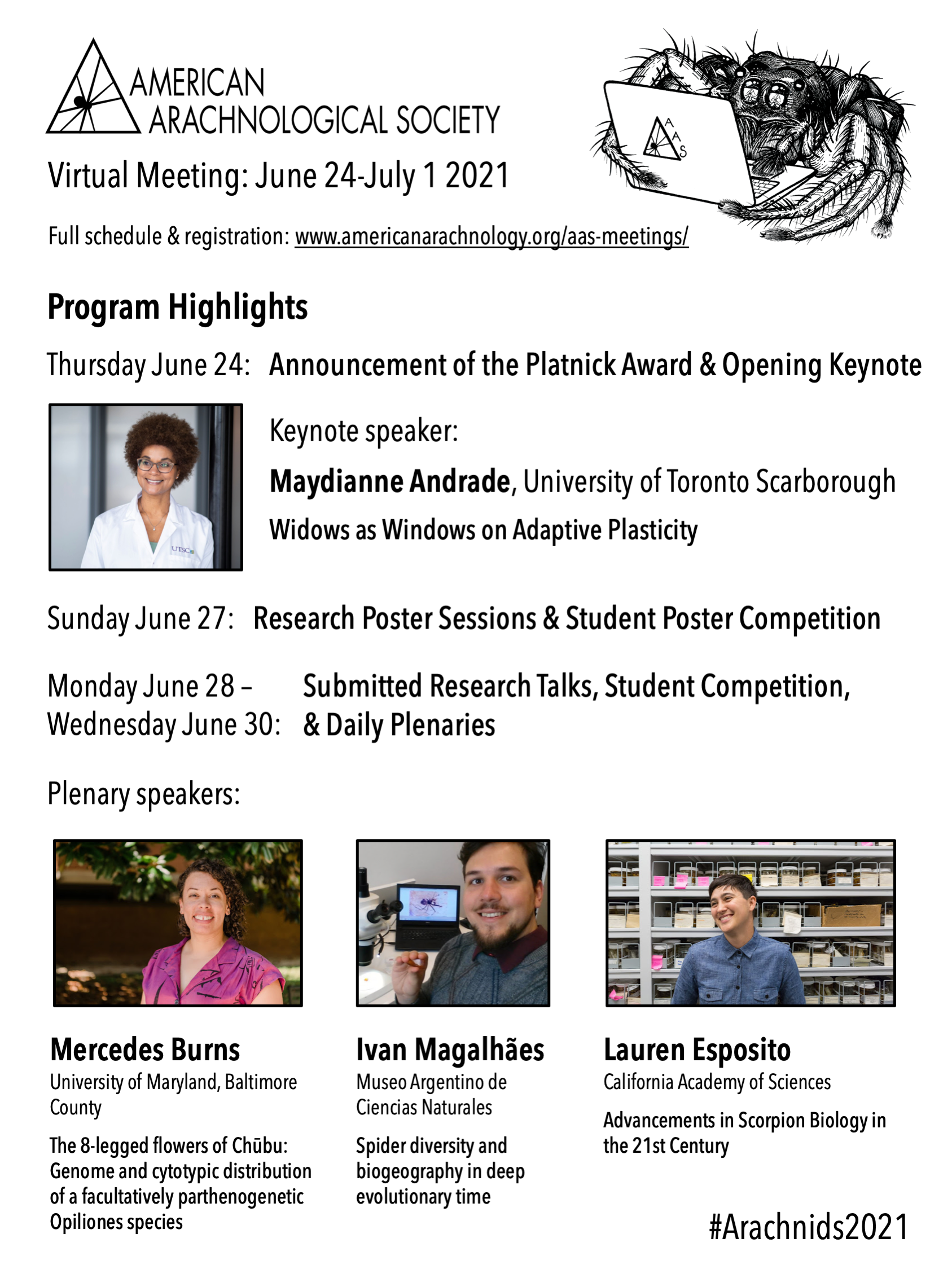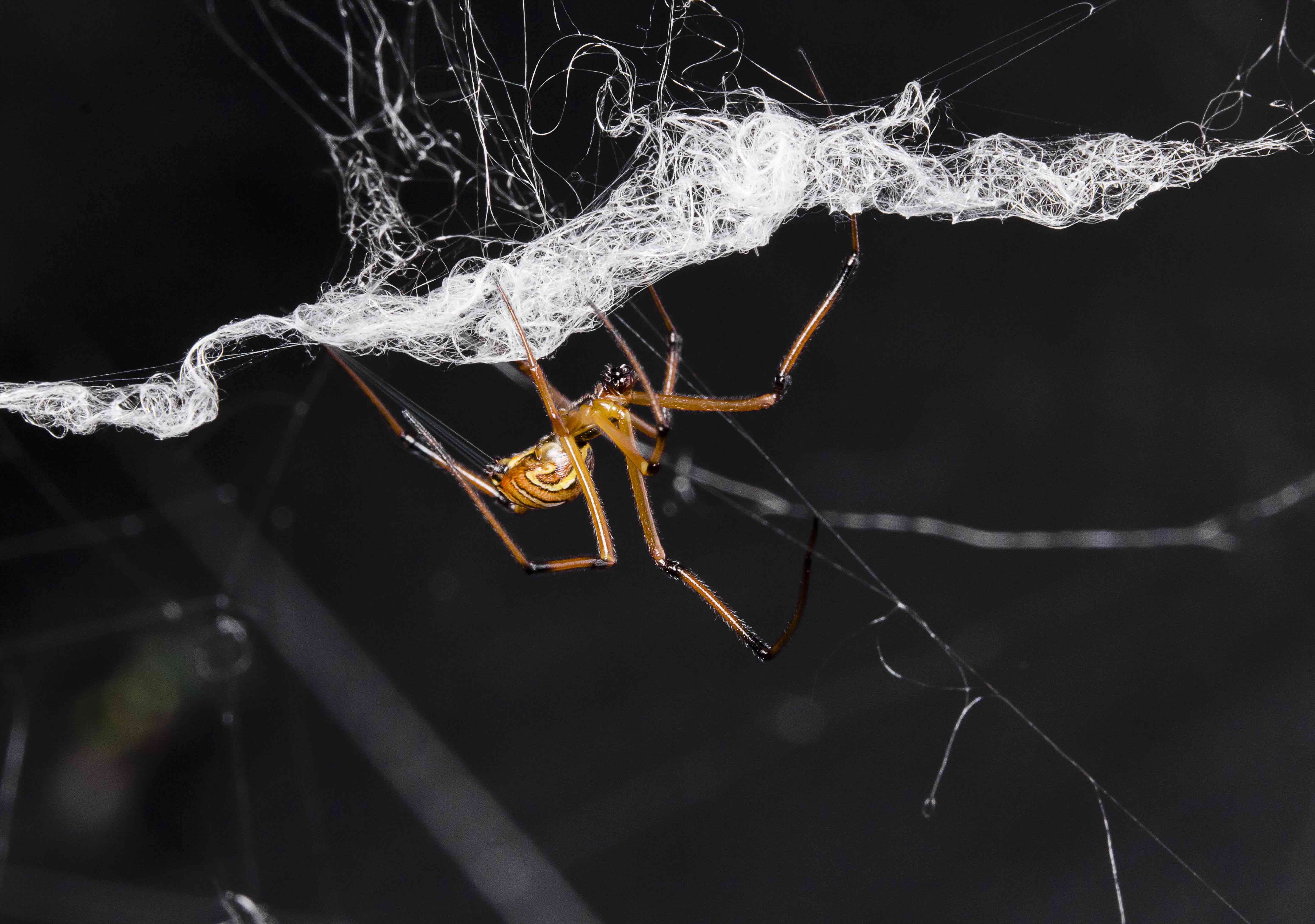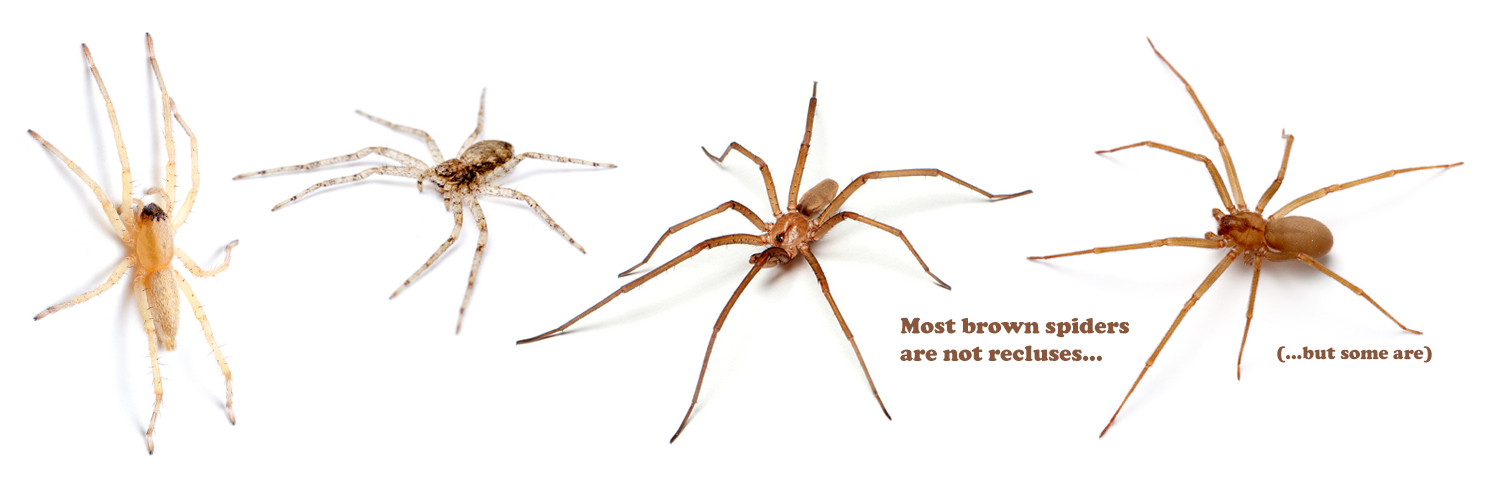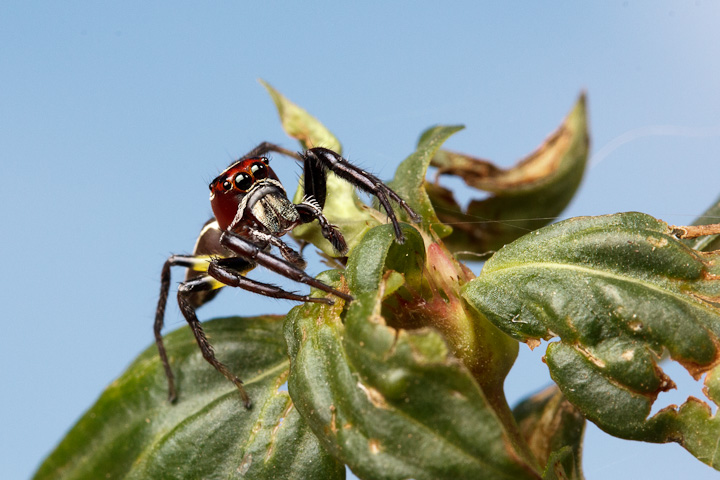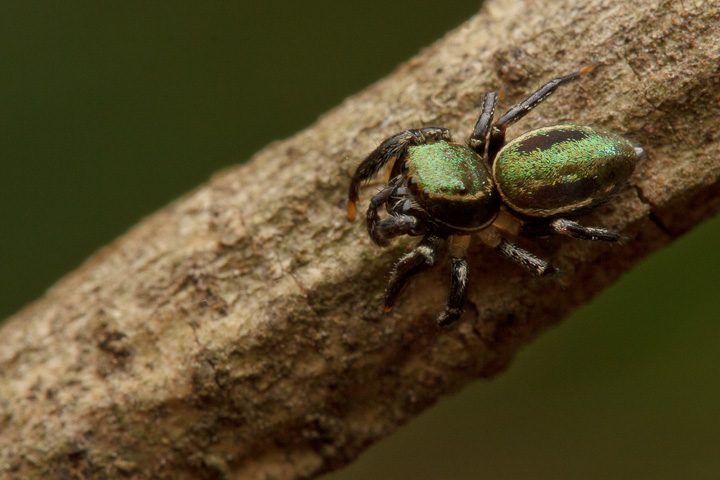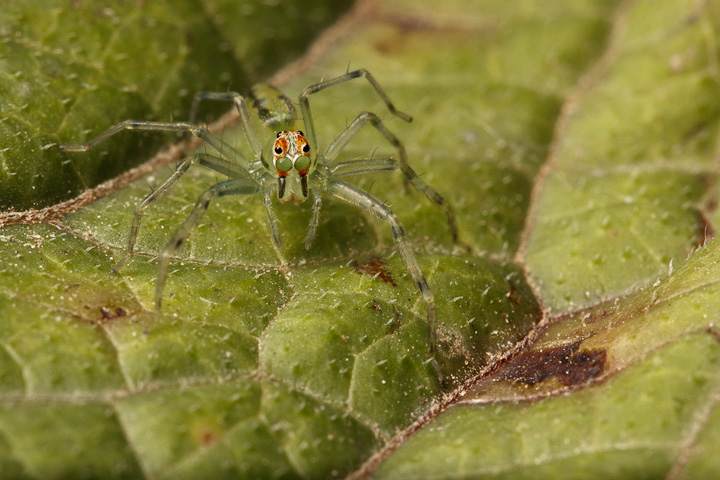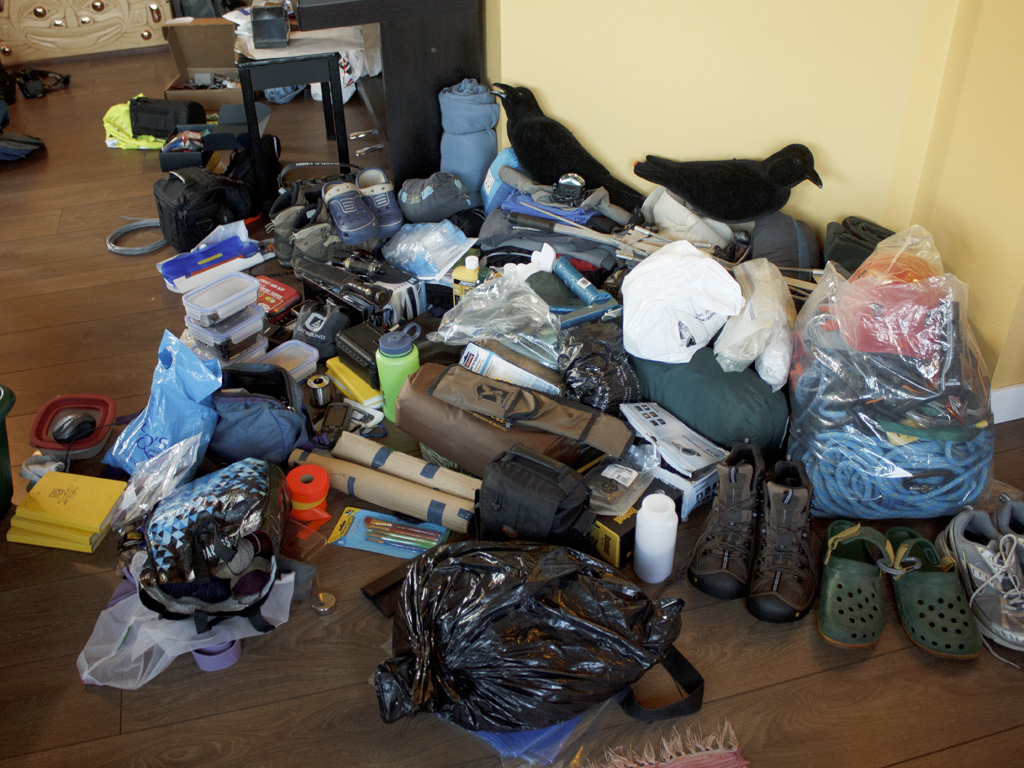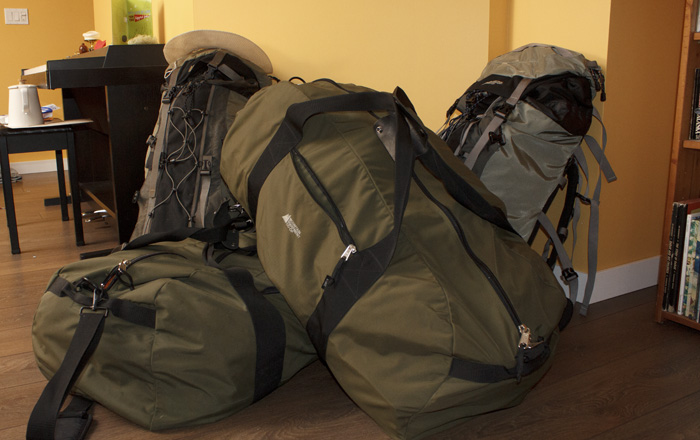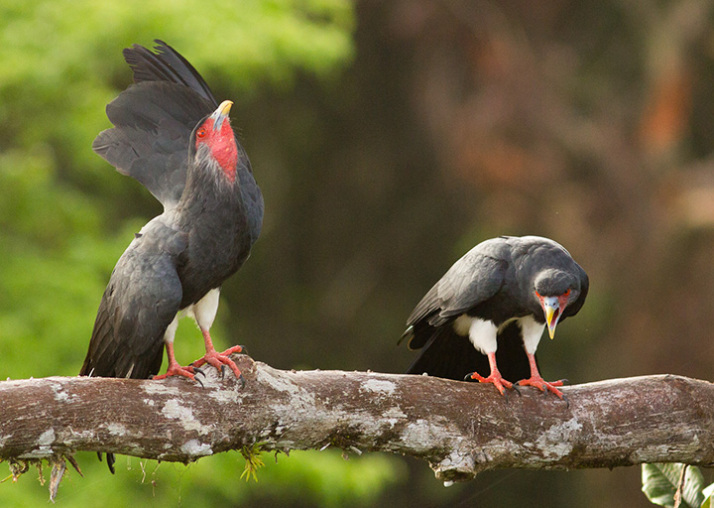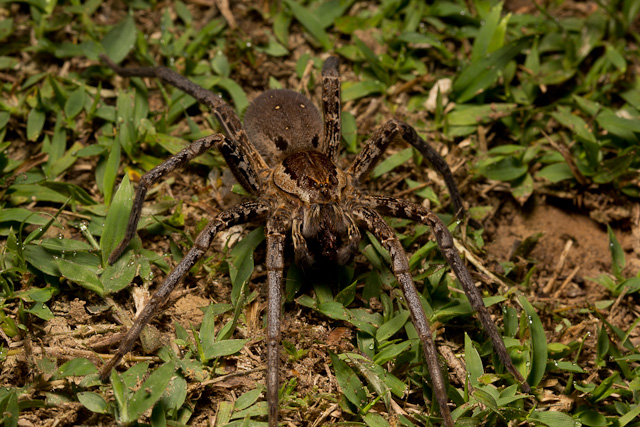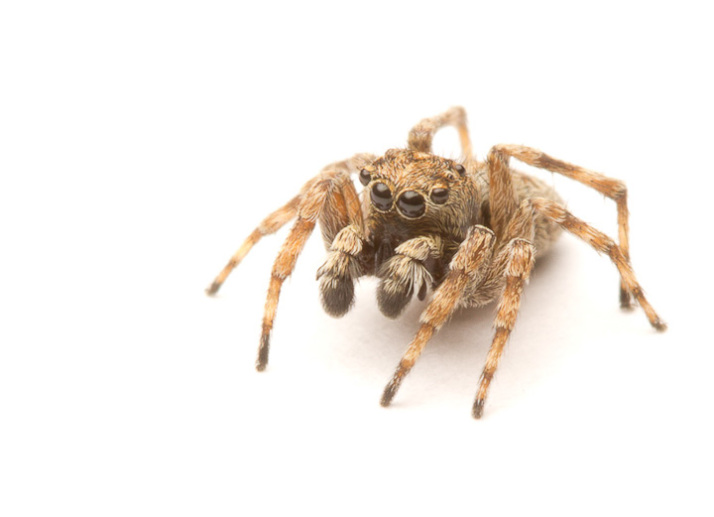Have you ever found a spider in your home and wondered whether or not you should evict it? If you are a dedicated arachnophile, perhaps you peacefully coexist with spiders no matter their size or habits. But not all spider housemates are equally polite, and you may want to be a little more selective about which spiders you accept as tenants. Some important considerations include the following: Will they make messy cobwebs and leave prey remains around the place, or are they tidy and discreet? Do they hang out in their webs all day, or move around the house, popping up in unexpected places to startle you with erratic movements? And is there any risk of the spiders defending themselves by biting human, feline, or canine members of the household?
The answers these questions (and many more) can be found in the outstanding new youtube series The Spiders in Your House created by “amateur” arachnologist Travis McEnery. This post is an introduction to the series and Travis. I am a huge fan of both, and you should be too!
These videos are deeply researched, thoughtful, and often hilarious profiles of spiders that you can probably find in or around your own house. I am continually impressed by Travis’ ability to get to the bottom of questions about the spiders he covers. I put “amateur” in scare quotes above when describing him because Travis’ approach to arachnology and the videos he creates is anything but. As a professional arachnologist myself I have learned something new in almost every video (like what was really behind that Mazda recall blamed on yellow sac spiders!), and Travis is directly contributing to spider science through original observations and experiments (he is the creator of my new favourite experimental method for assessing spider biteyness: the cheese test).
Through his videos, Travis is breaking down barriers between lay people, casual arachnofiles, and professional arachnologists by not only presenting information from the scientific literature in a fun and accessible way, but also by going directly to the scientists behind the studies to get additional context on their findings and sharing what they have to say with the audience. Also, the theme song absolutely slaps.
Another reason I love Travis’ work on this series is that he is constantly learning and sharing that process with the audience. When a fellow arachnologist pointed out a small mistake in one of his videos (on the false widow spiders), he made a whole new video correcting it and in the process shone a light on the messiness of science (we all make mistakes, all the time, and learning from them is a big part of science!) and the value of open communication, collaboration, and a supportive community. This ended up being one of my favourites!
Head over to Travis’ youtube channel for more excellent videos, consider subscribing, and let him know what you think in the comments! He is super responsive to questions and suggestions, and I am sure you will enjoy learning from him as much as I do! You can also support him and find even more content on his Patreon.
For a bit more information on Travis and his motivation for the series, here’s a piece in The Globe and Mail in which I also appear (talking about the spread of misinformation about spiders). I often lament the lack of factual information about spiders on the internet, and I am extremely happy to see Travis contributing such excellent content and the overwhelmingly positive response to it.

